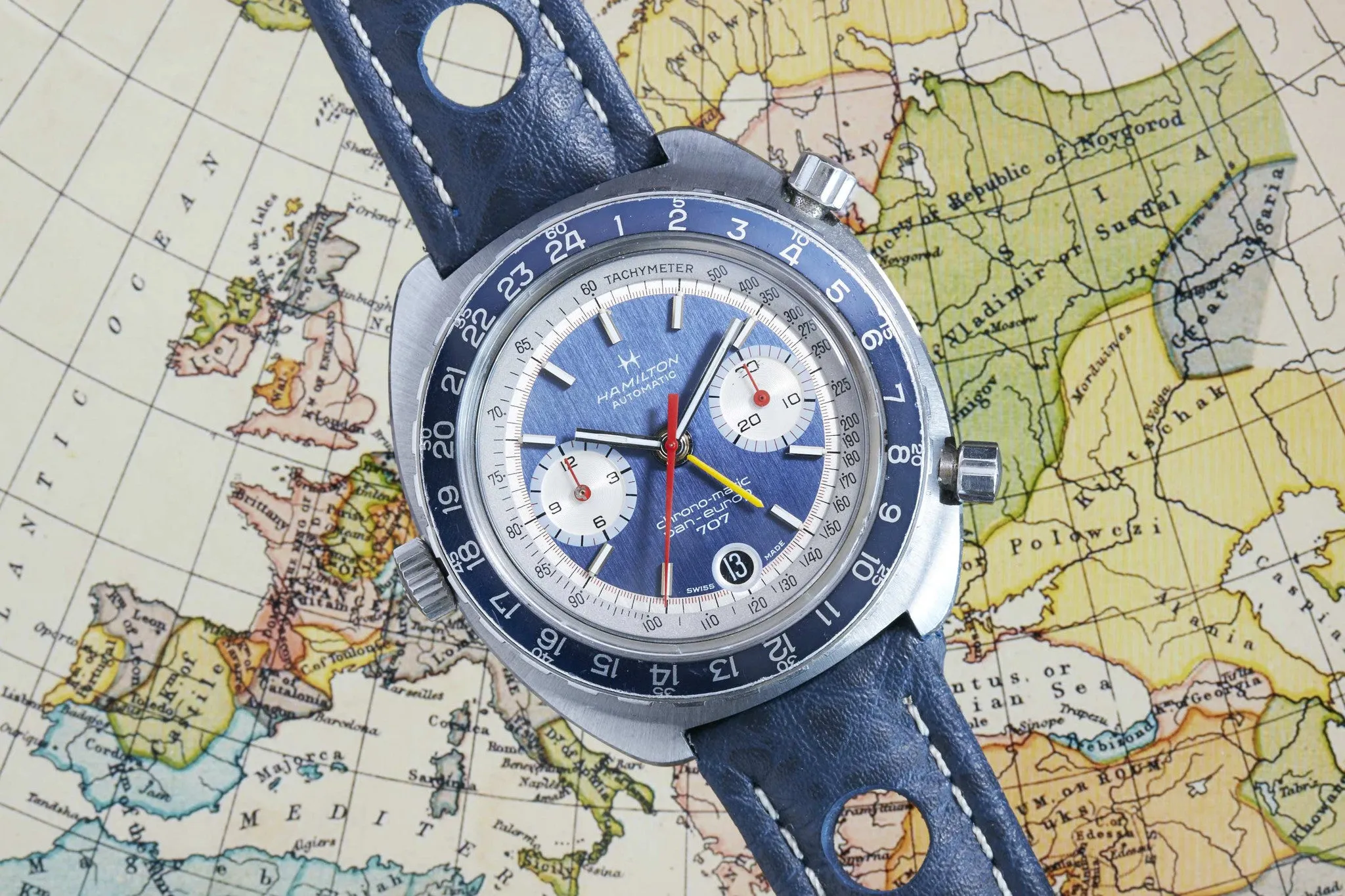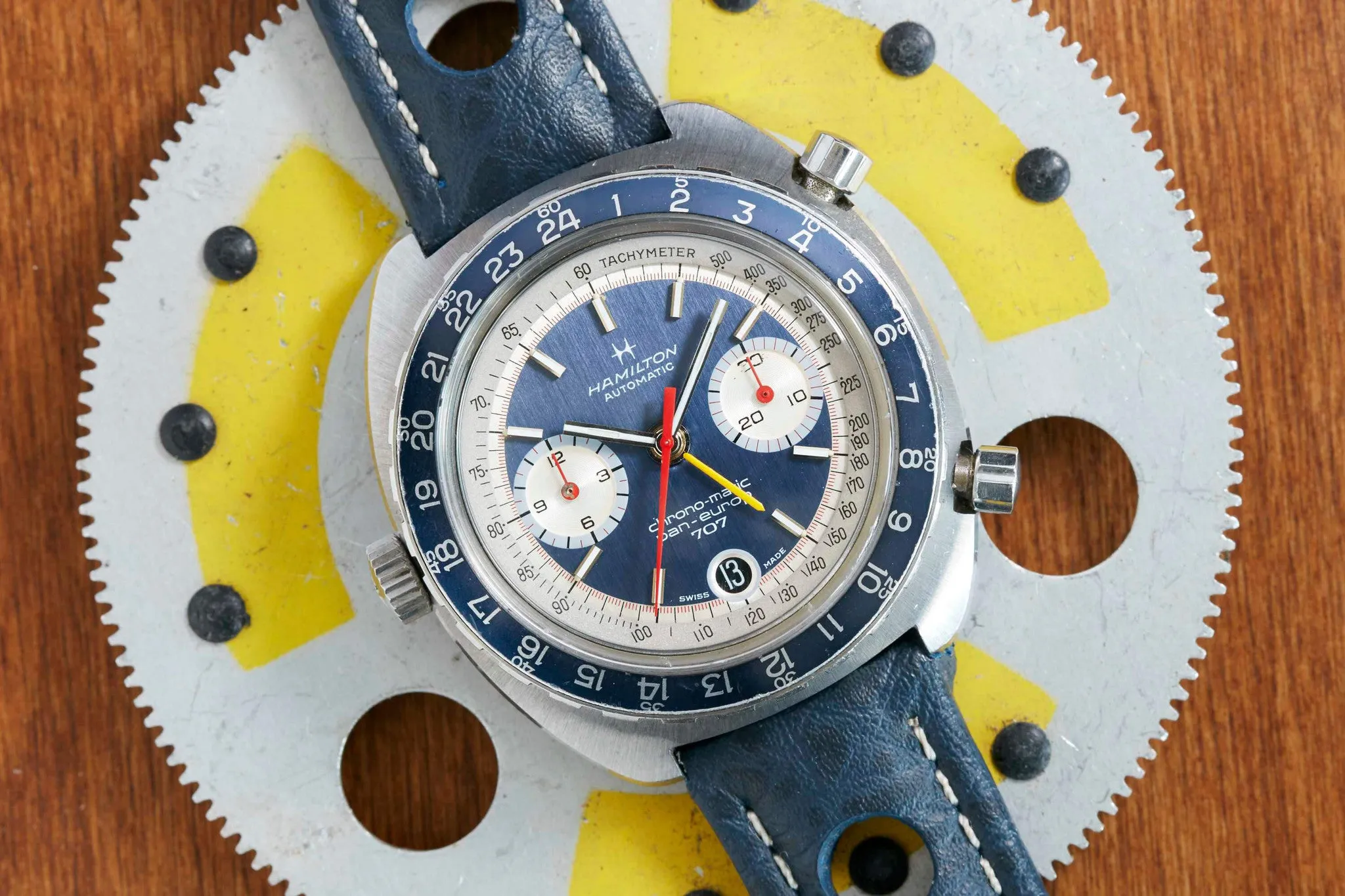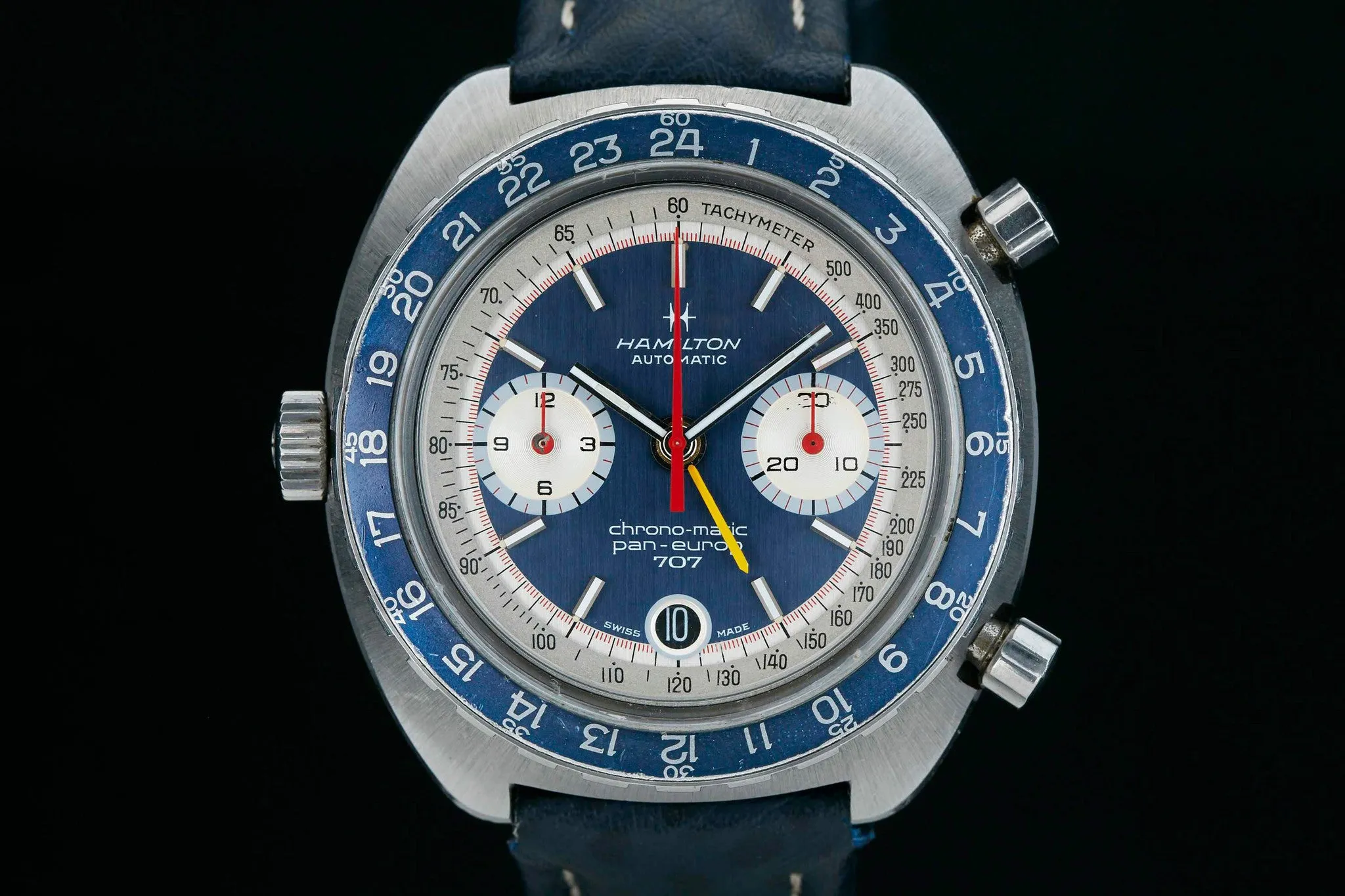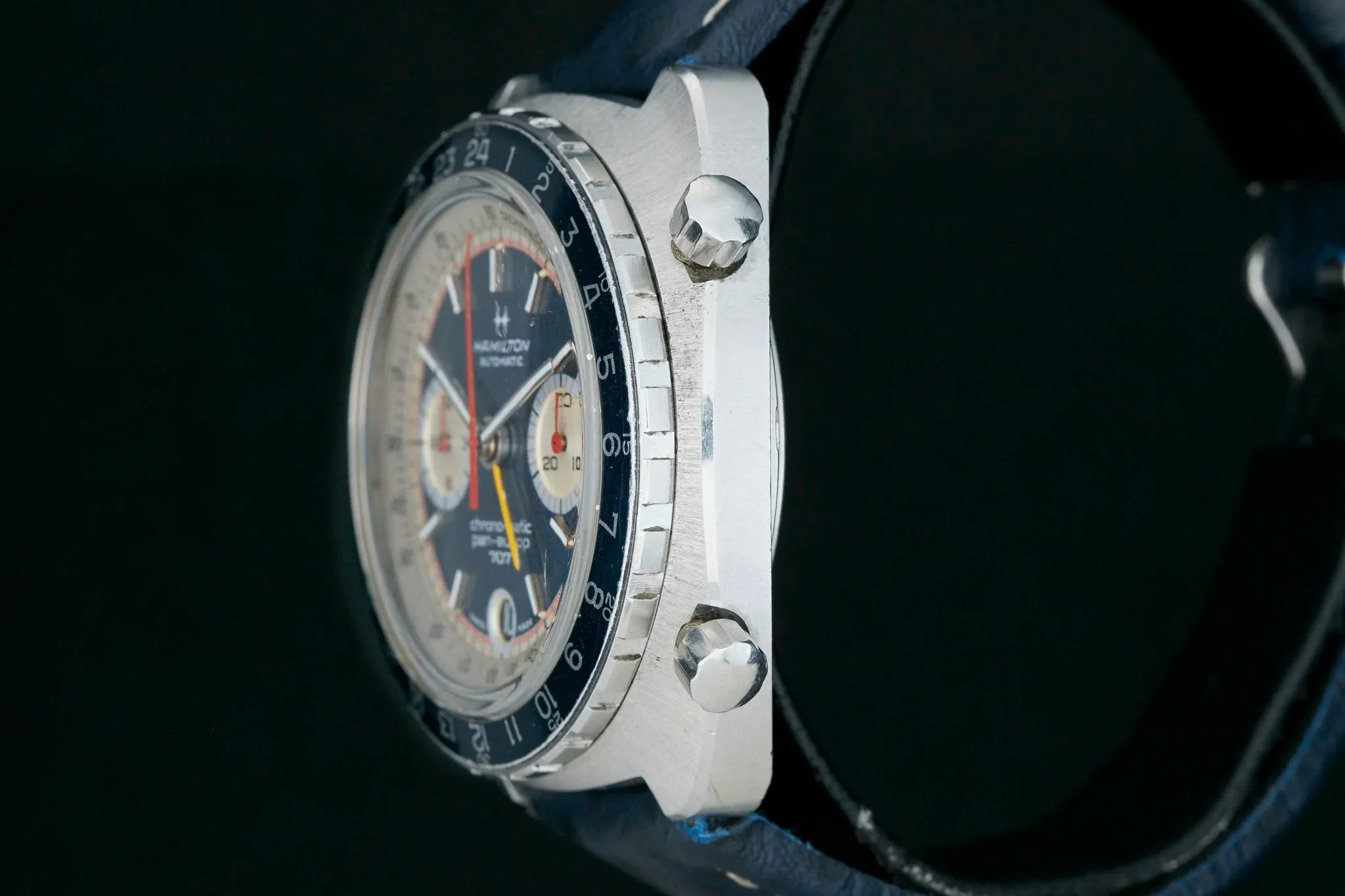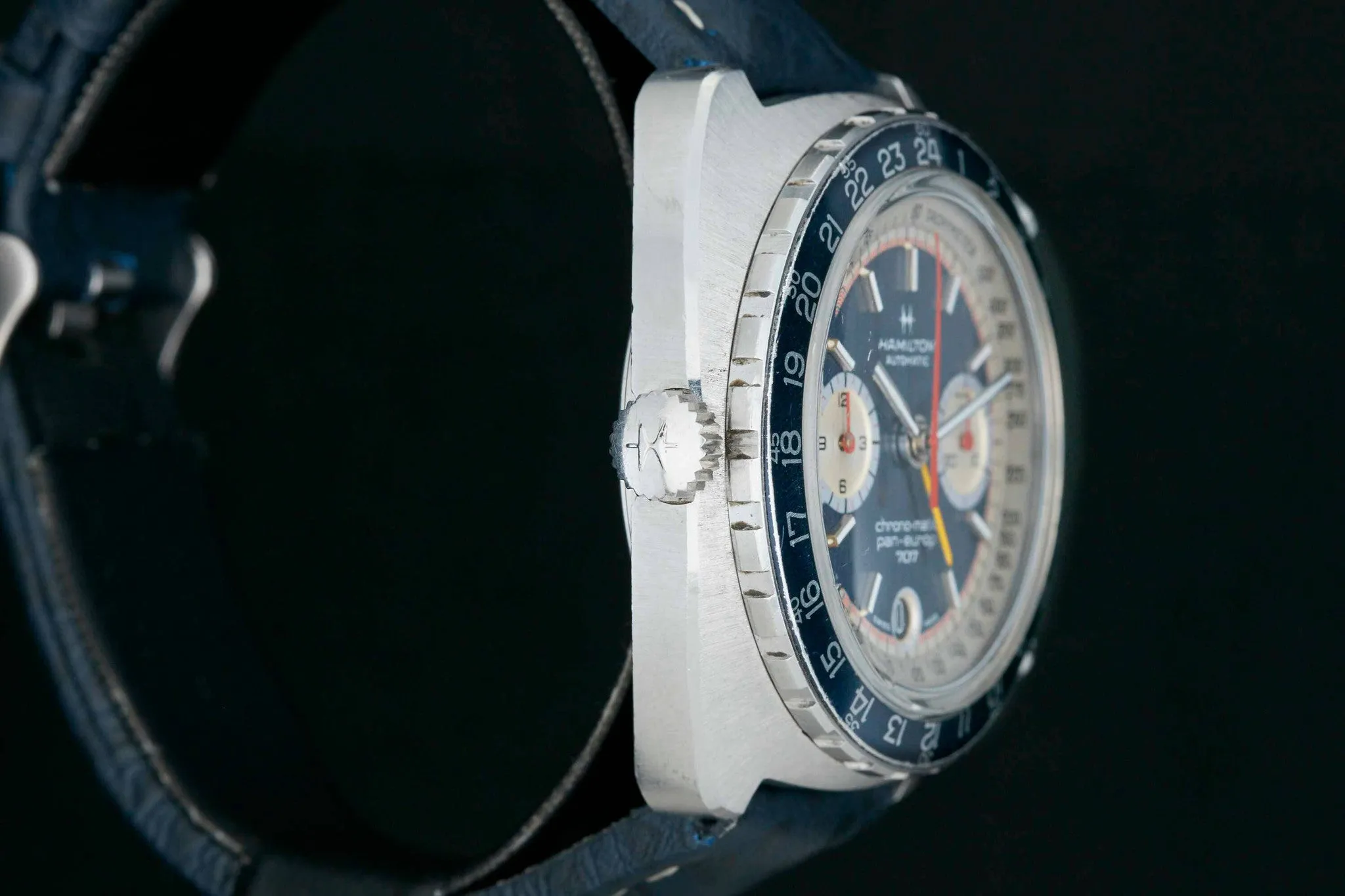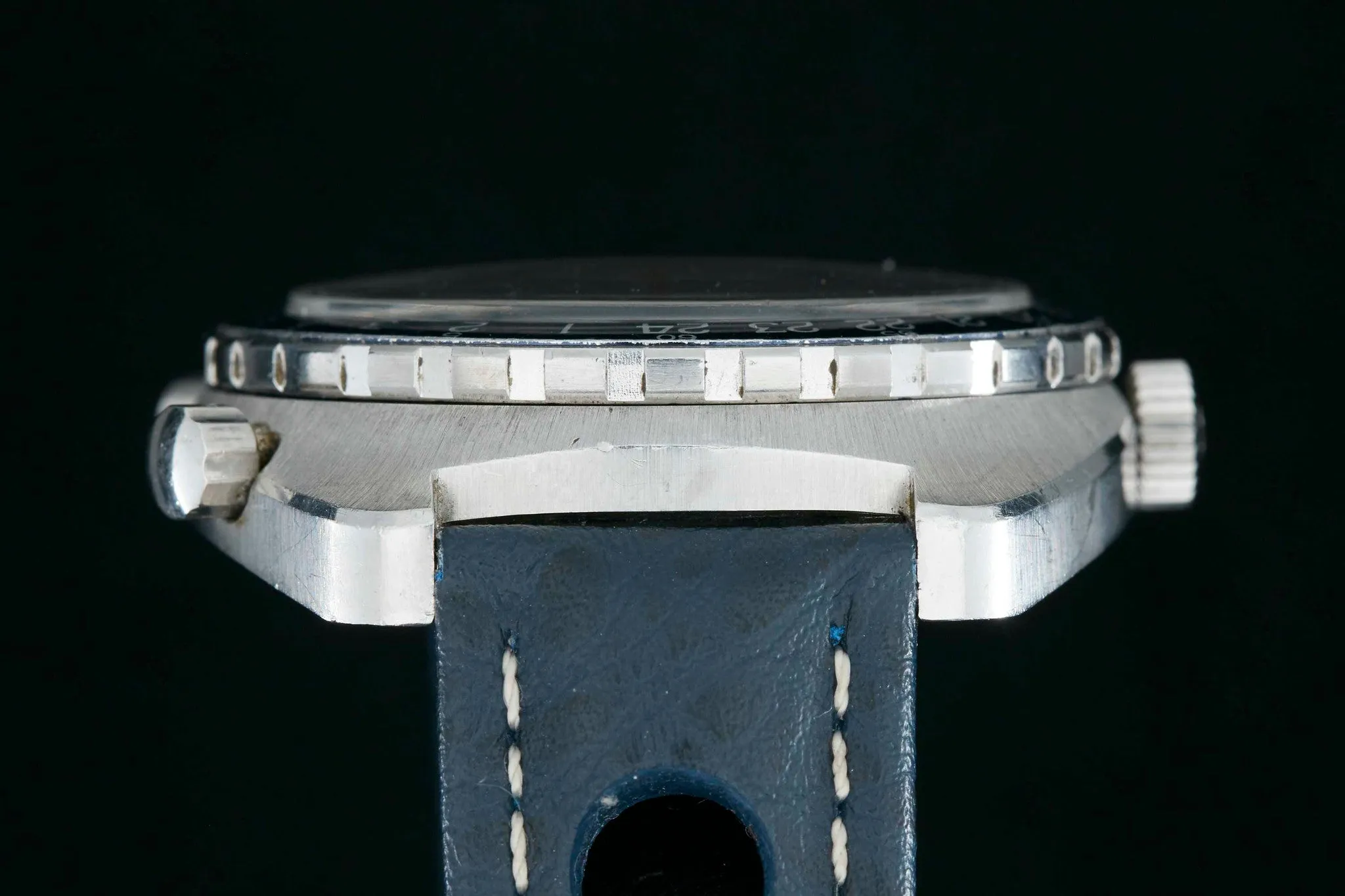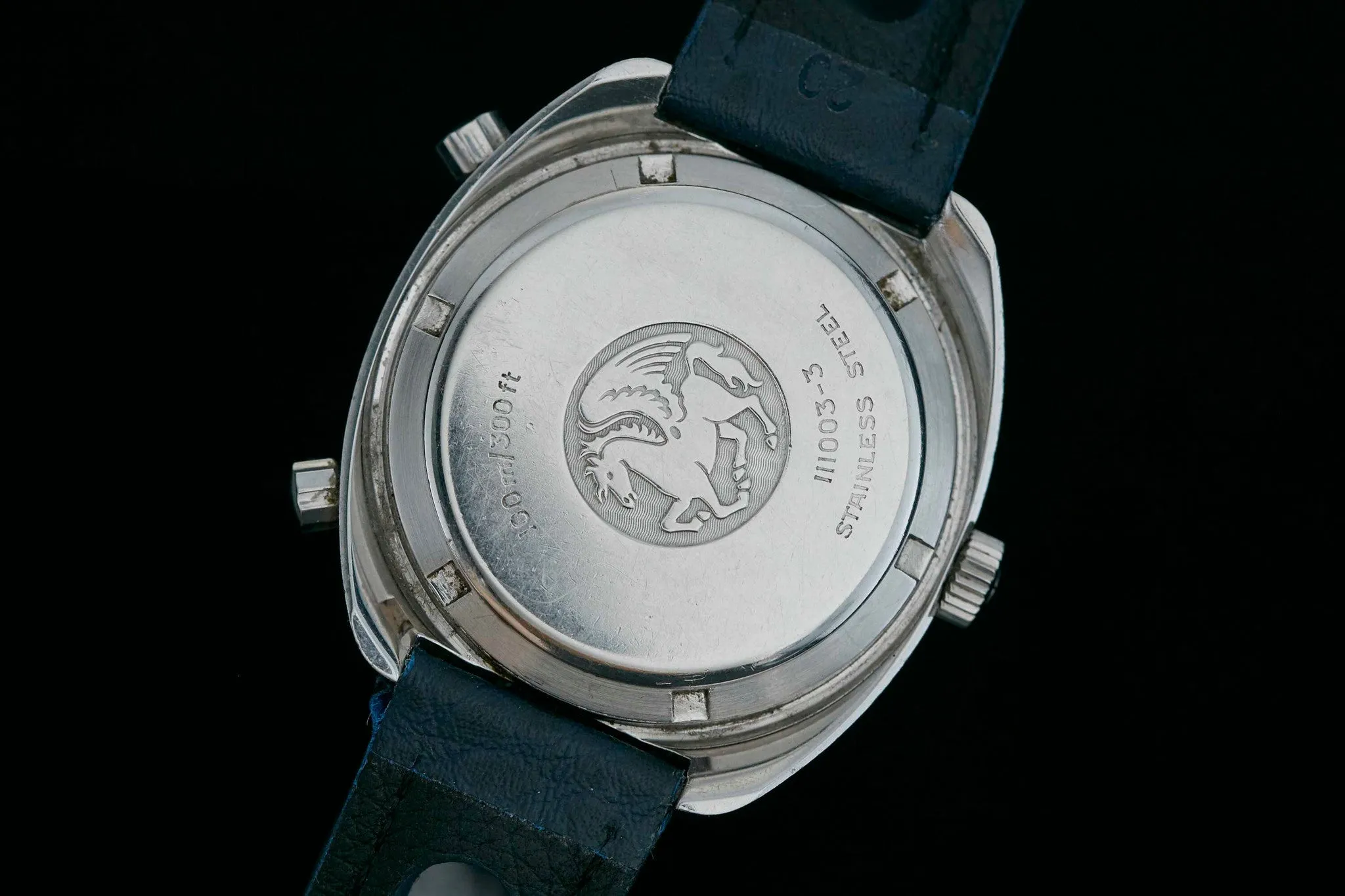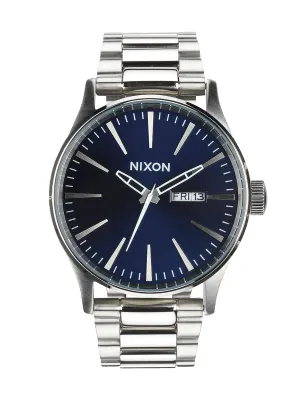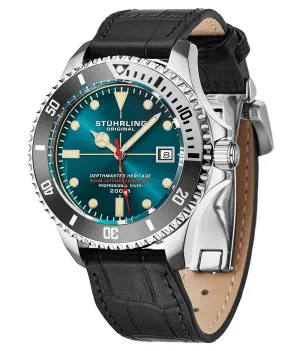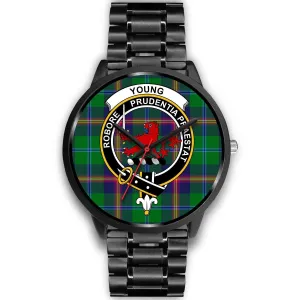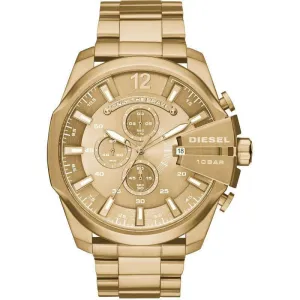Project 99...We have top men working on it... Top. Men.
If you're imaging scientists in horn-rimmed glasses and lab coats tinkering away at an atom bomb trigger in a silo buried beneath the Nevada desert you are not alone.
In 1969, a conglomerate of watch brands, headlined by Hamilton, Heuer and Breitling, created an automatic chronograph movement, the likes of which the world had never before seen. The top-secret work conducted at the hands of world-class engineers was dubbed Project 99.
There were three watch groups racing to be the first to release an automatic chronograph in the late 1960s; Zenith, Seiko and the joint Project 99 venture. Ultimately, out of the competition greatness grew. Zenith, the renown Swiss manufacture, would release its famed El Primero movement that found its way into many watches, including the Rolex Daytona. Seiko, the incredibly innovative Japanese powerhouse, produced their 6139 movement that would later become the first automatic chronograph in space.
While winner of this contest changes depending on who you ask, under the direction of Hamilton, Project 99 created some of the era's best looking watches: the Monaco, the Autavia and what we have here, the Hamilton Pan-Europ.
Like its Heuer cousins, the Pan-Europ is a racing chronograph through and through. With an internal tachymeter bezel, outer countdown rotating bezel and chronograph, the watch was clearly designed with Formula 1 racing in mind. The combination of blue dial and bezel, red accents and novel design cues (like the circular date aperture) endears this watch to fans of vintage chronographs from the golden era.
But wait, there's more!
That's right folks, this particular Pan-Europ is an incredibly rare model 707, and differs from the more common 703 with the addition of a second timezone (GMT) function. Similar to its Autavia GMT cousins, the Pan-Europ 707 is truly a rare find, and this example is the very first of its kind we've been able to secure. With an incredibly crisp case with original brushing and beveling, beautiful original dial, hands, bezel, pushers, and signed crown, its no slouch, either.
It’s not everyday that we get to offer a watch that is as stylish as it is historically important, but the Pan-Europ is just such a piece. Today, we take automatic chronographs for granted, but consider this: in the hundreds of years of watchmaking history, it was only in the last four decades that these movements have been available. One hundred years ago you could buy a moon-phase, you could buy a perpetual calendar, and you could even buy a minute repeater, but not an automatic chronograph, never mind one with a second time zone!

